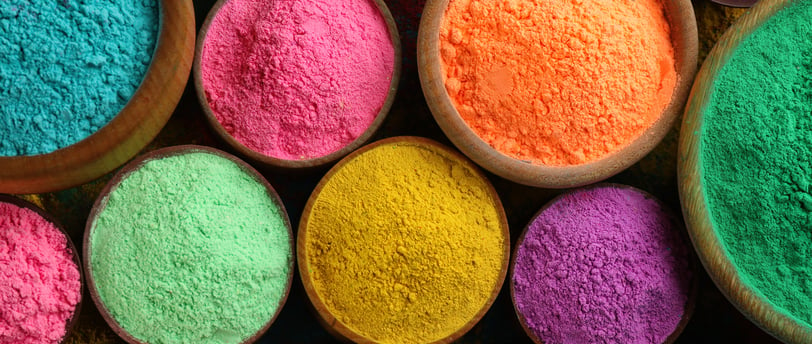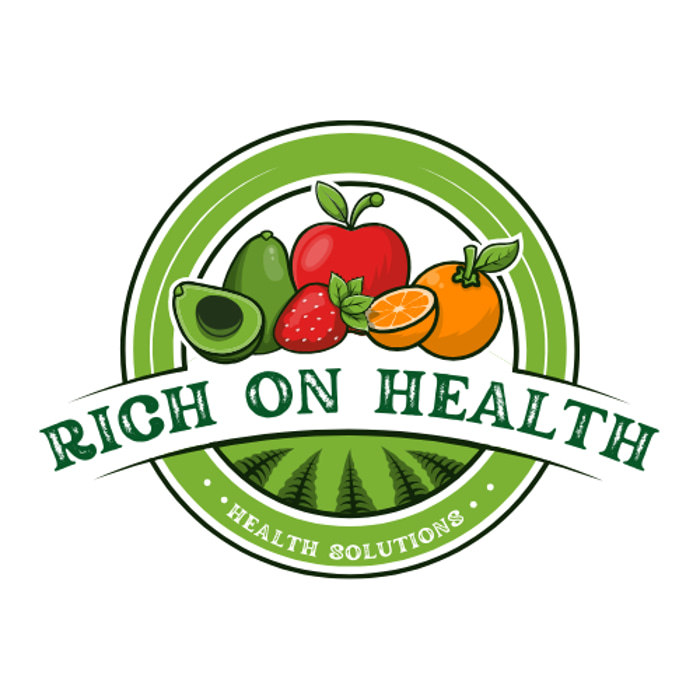Top 10 Most Dangerous Food Dyes in U.S. Food Supply
Top 10 most dangerous food dyes used in the U.S. food supply, how they affect us, and how we can avoid them.
2/28/20252 min read


The 10 Most Dangerous Food Dyes in the U.S. Food Supply
Artificial food dyes are widely used in processed foods to enhance color, making products more visually appealing. However, many of these dyes have been linked to adverse health effects, including hyperactivity in children, allergic reactions, and even cancer. While some countries have banned certain dyes, the United States continues to allow their use in many food products. Here, we rank the top 10 most dangerous food dyes still present in the U.S. food supply and explain their potential health risks.
10. Red 3 (Erythrosine)
Red 3 is used in candies, baked goods, and maraschino cherries. Studies have shown that it can cause thyroid tumors in animals, leading to concerns about its carcinogenic potential.
9. Yellow 6 (Sunset Yellow FCF)
This dye is found in chips, soft drinks, and cheese-flavored snacks. It has been linked to hyperactivity, allergies, and possible kidney and adrenal gland tumors in animal studies.
8. Blue 1 (Brilliant Blue FCF)
Common in ice creams, candies, and sports drinks, Blue 1 has been associated with allergic reactions and potential neurotoxic effects.
7. Green 3 (Fast Green FCF)
This dye is used in candies, beverages, and gelatin desserts. Studies suggest a possible link to bladder cancer in animals, raising concerns about its safety.
6. Red 40 (Allura Red AC)
One of the most commonly used dyes in the U.S., Red 40 is present in cereals, soft drinks, and candy. Research has linked it to hyperactivity in children and immune system dysfunction.
5. Yellow 5 (Tartrazine)
Found in snack foods, desserts, and soft drinks, Yellow 5 has been linked to hyperactivity, migraines, and allergic reactions, particularly in individuals with asthma.
4. Blue 2 (Indigo Carmine)
This dye is often found in candies, cereals, and pet foods. Studies suggest a possible link to brain tumors in animal testing.
3. Orange B
Used in sausage casings, Orange B has limited approval in the U.S. due to concerns about its potential carcinogenic effects.
2. Brown HT
This dye is banned in several countries but is still found in some U.S. foods and beverages. It has been linked to hyperactivity and increased cancer risk in animal studies.
1. Red 2 (Amaranth)
Banned in many countries but still used in the U.S. in some cases, Red 2 has been linked to cancer and genetic mutations in animal studies.
How to Avoid Harmful Food Dyes
To minimize exposure to artificial food dyes, consumers should prioritize natural and organic food products. Reading ingredient labels carefully and avoiding foods with synthetic colorants can help reduce health risks. Opting for natural alternatives, such as beet juice, turmeric, and spirulina for coloring, can also make a significant difference. By choosing whole, minimally processed foods and supporting brands that use natural ingredients, consumers can take an important step toward a healthier, longer life.
